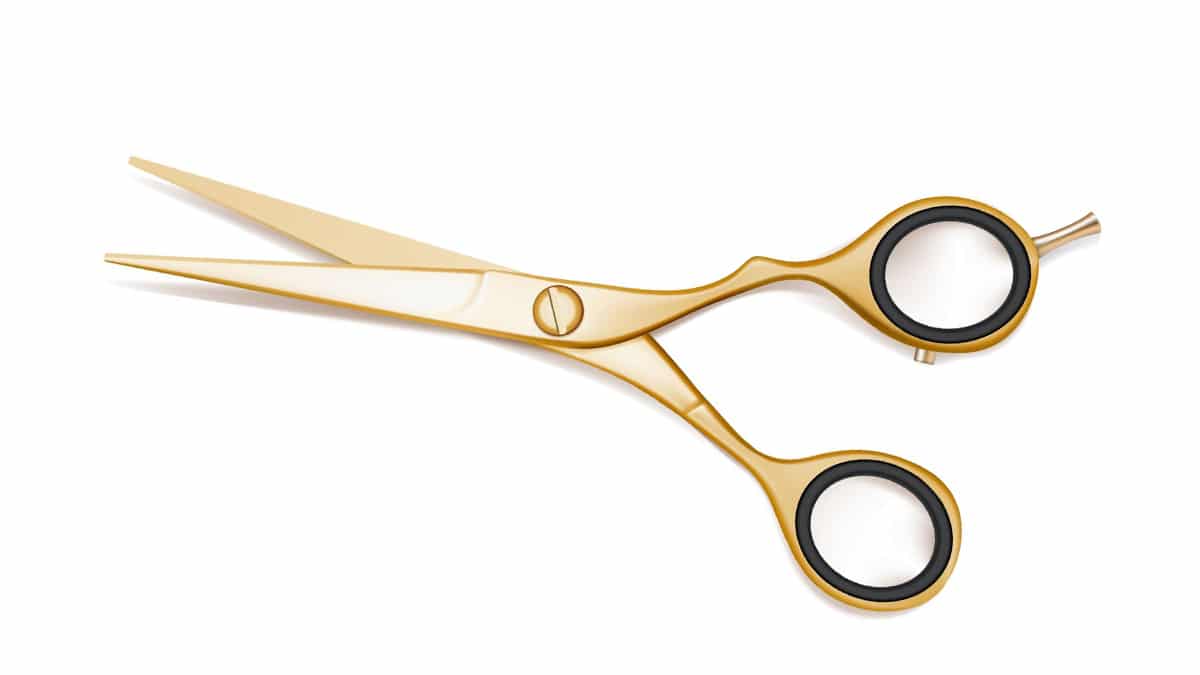In this guide
Most Australians will pay less tax from 1 July 2024, thanks to the introduction of the Stage 3 tax cuts. We all know this means more dollars in our pockets, but thinking through the impact on your super contribution strategy may be trickier.
We’ve put together some ideas to get you started.
Need a refresher on what the tax cuts mean? Take a look at how the tax brackets and rates are changing.
What to think about if you’re a low-income earner
If you earn between $22,275 and $45,000 during the year, the maximum tax payable on your last dollar of income reduces to 16% in 2024–25 from 19% in 2023–24. Medicare Levy of up to 2% is added to these rates (the levy phases in when income reaches a threshold determined by your family circumstances).
This is a members-only guide – but unlock 100+ guides now with a free account
Create a free SuperGuide account and get practical, independent guidance to help you make the most of your super – whatever stage you’re at



Leave a Reply
You must be logged in to post a comment.